2006 Mazda B3000 Brake Rotors and Pads
Click here to search another vehicle
All Rotors:
OEM x
Coated x
Drilled, Slotted and Coated x
Front x
Rear x
All Pads:
Ceramic x
Semi-metallic x
Front x
Rear x
Found 9 record
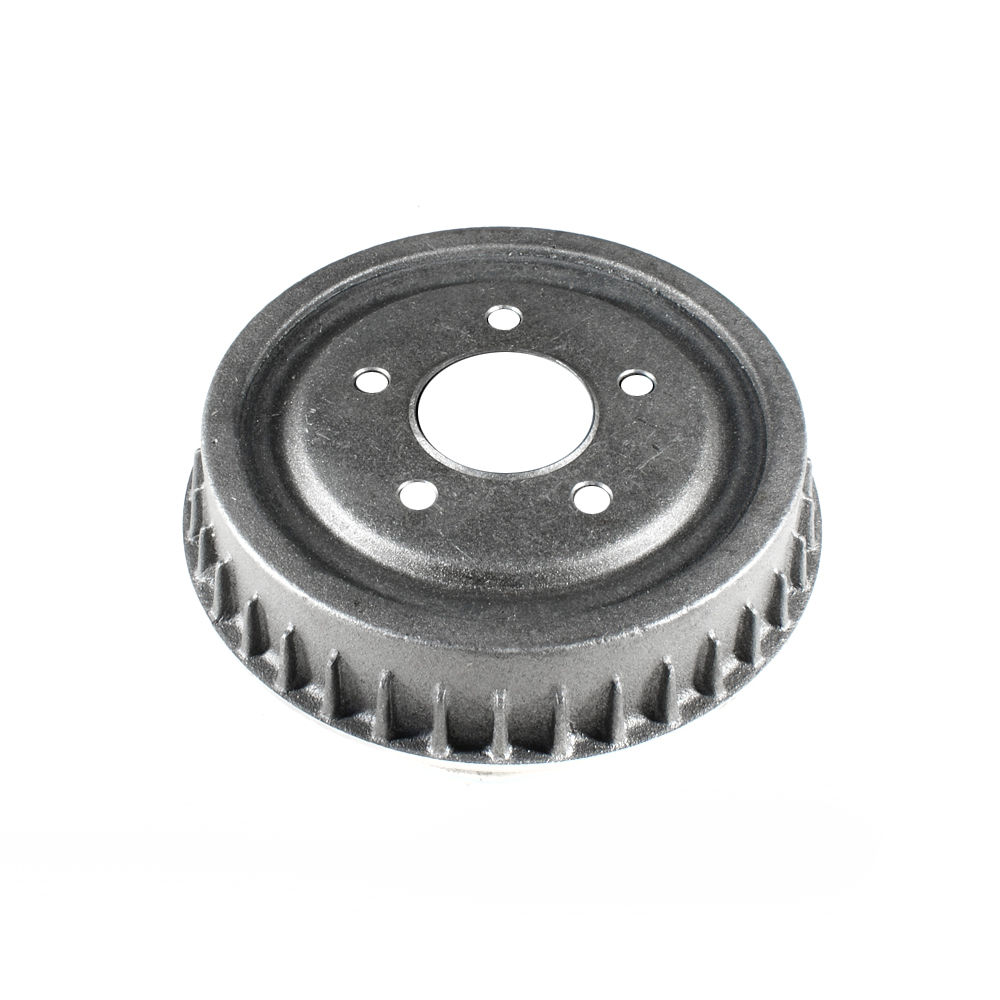
Part No: BD80036
Raybestos: 9651
OE: F87Z1126BA
Raybestos: 9651
OE: F87Z1126BA
$38.84 each
Per Car QTY: 2
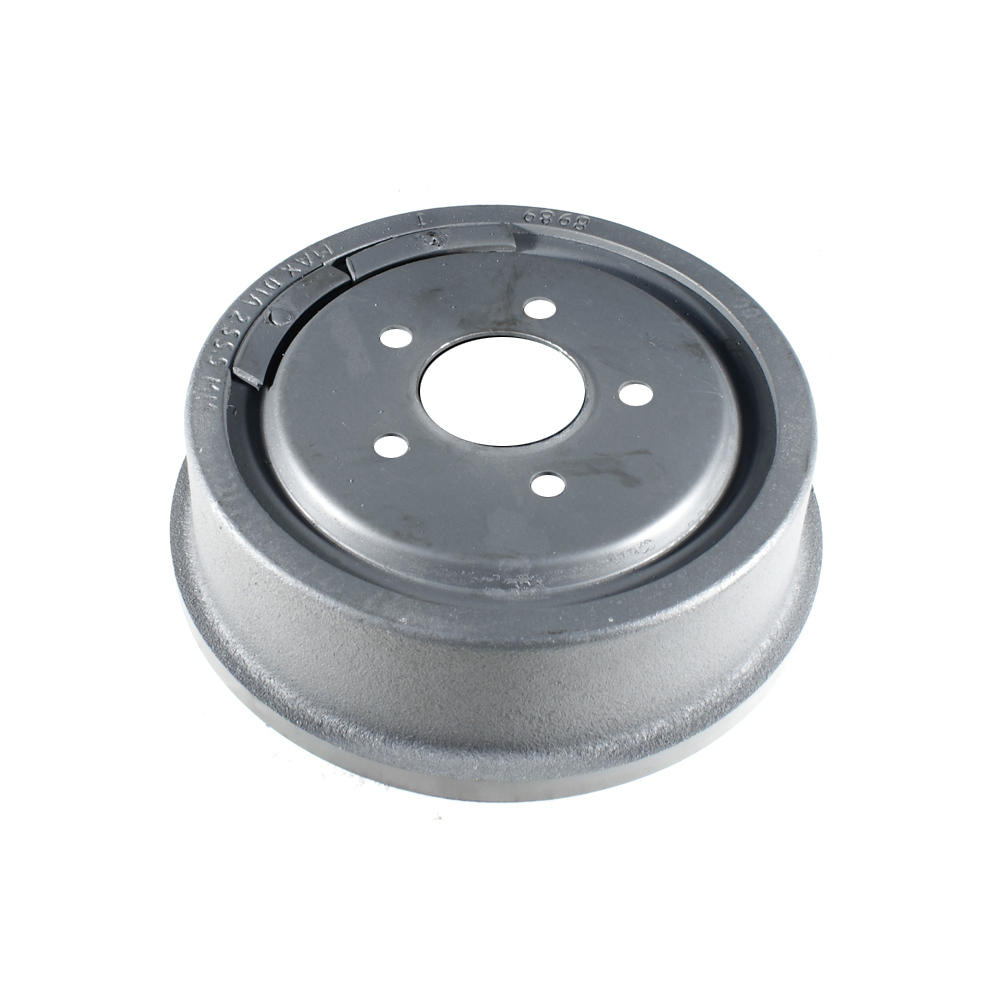
Part No: BD8989
Raybestos: 9498
OE: F07Z1126A
Raybestos: 9498
OE: F07Z1126A
$54.41 each
Per Car QTY: 2
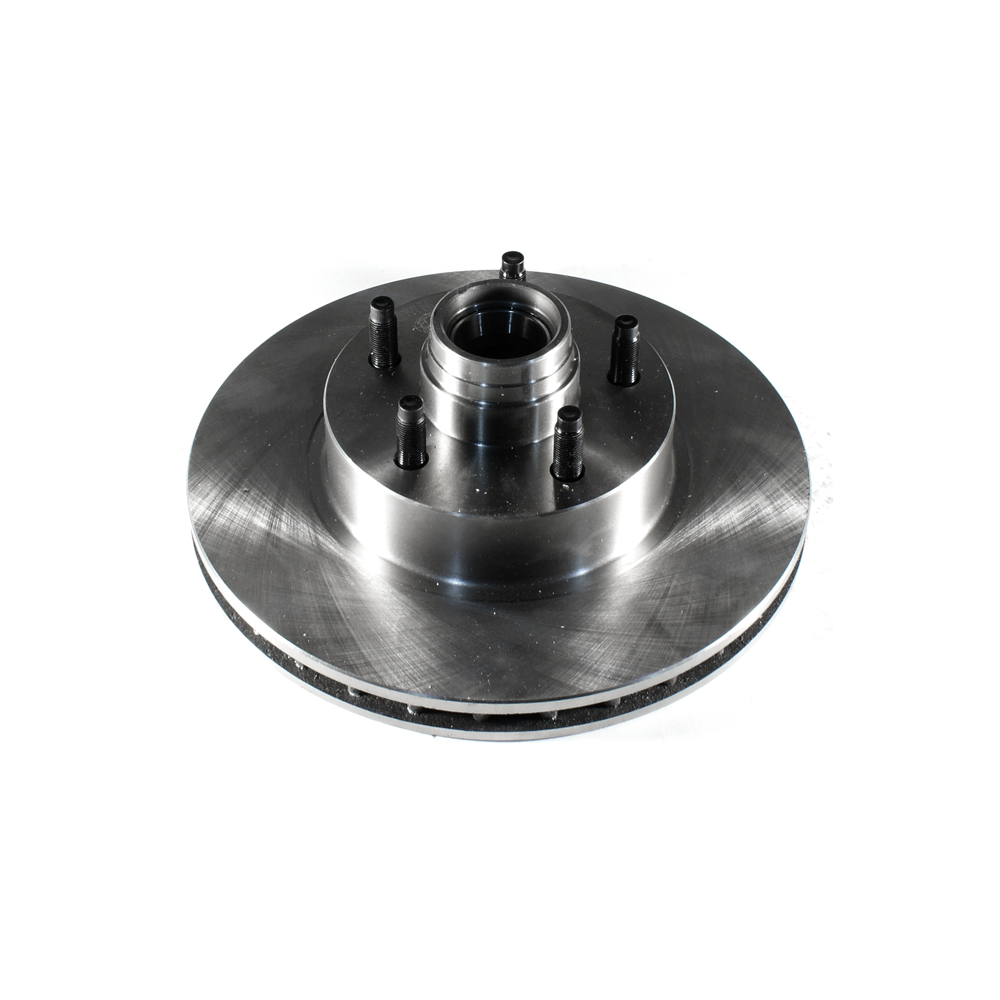
Part No: BR54029
Raybestos: 66597
OE: F5TZ1102H
Raybestos: 66597
OE: F5TZ1102H
$68.11 each
Per Car QTY: 2
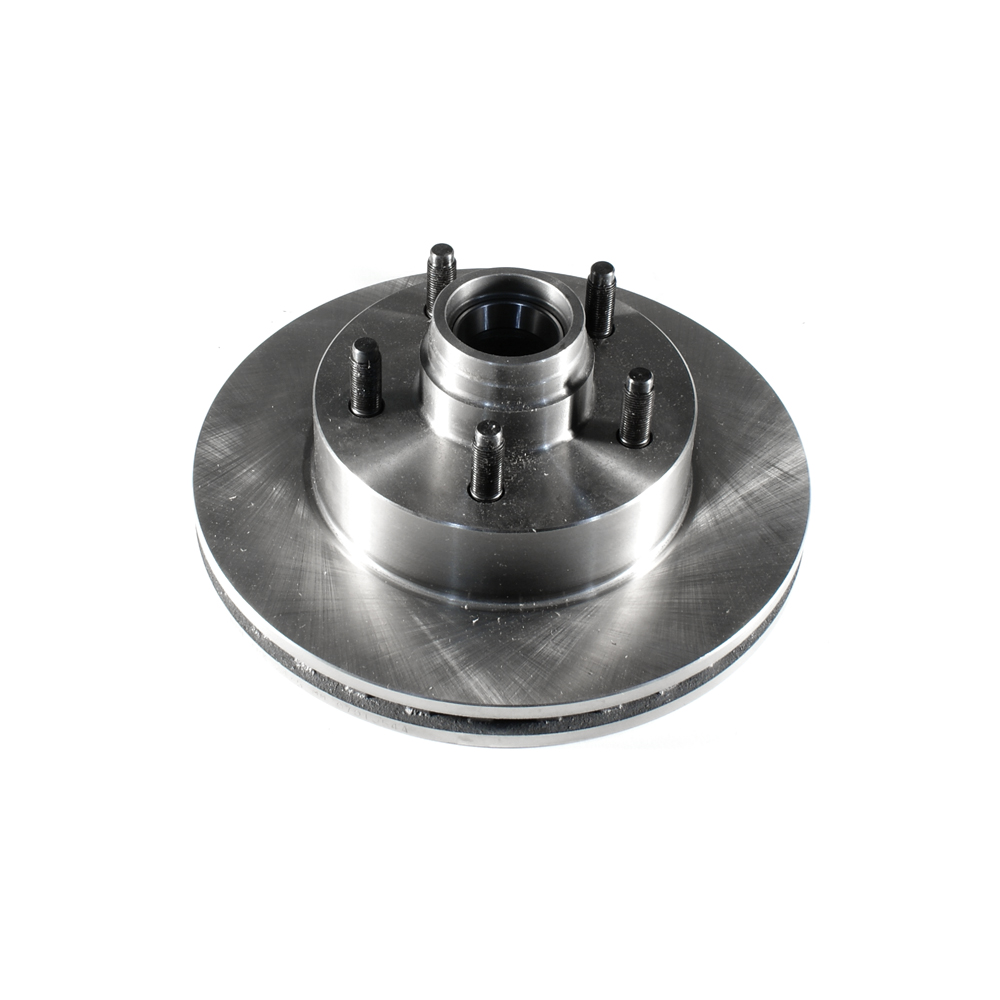
Part No: BR54059
Raybestos: 66673
OE: F87Z1102CB
Raybestos: 66673
OE: F87Z1102CB
$51.46 each
Per Car QTY: 2
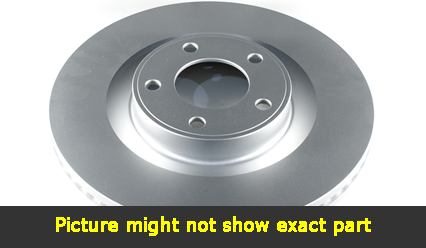
Part No: PP54029
Raybestos: 66597
OE: F5TZ1102H
Raybestos: 66597
OE: F5TZ1102H
$80.42 each
Per Car QTY: 2
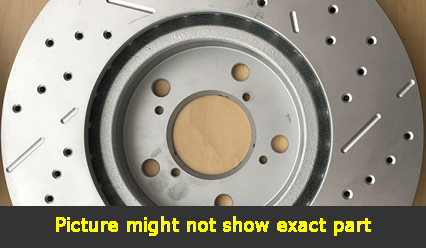
Part No: SP54029L
Raybestos: 66597
OE: F5TZ1102H
Raybestos: 66597
OE: F5TZ1102H
$116.87 each
Per Car QTY: 1
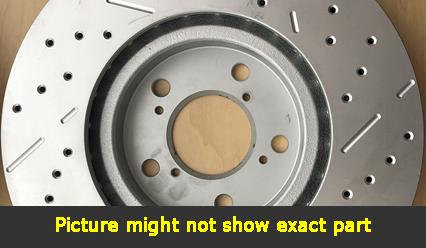
Part No: SP54029R
Raybestos: 66597
OE: F5TZ1102H
Raybestos: 66597
OE: F5TZ1102H
$116.87 each
Per Car QTY: 1
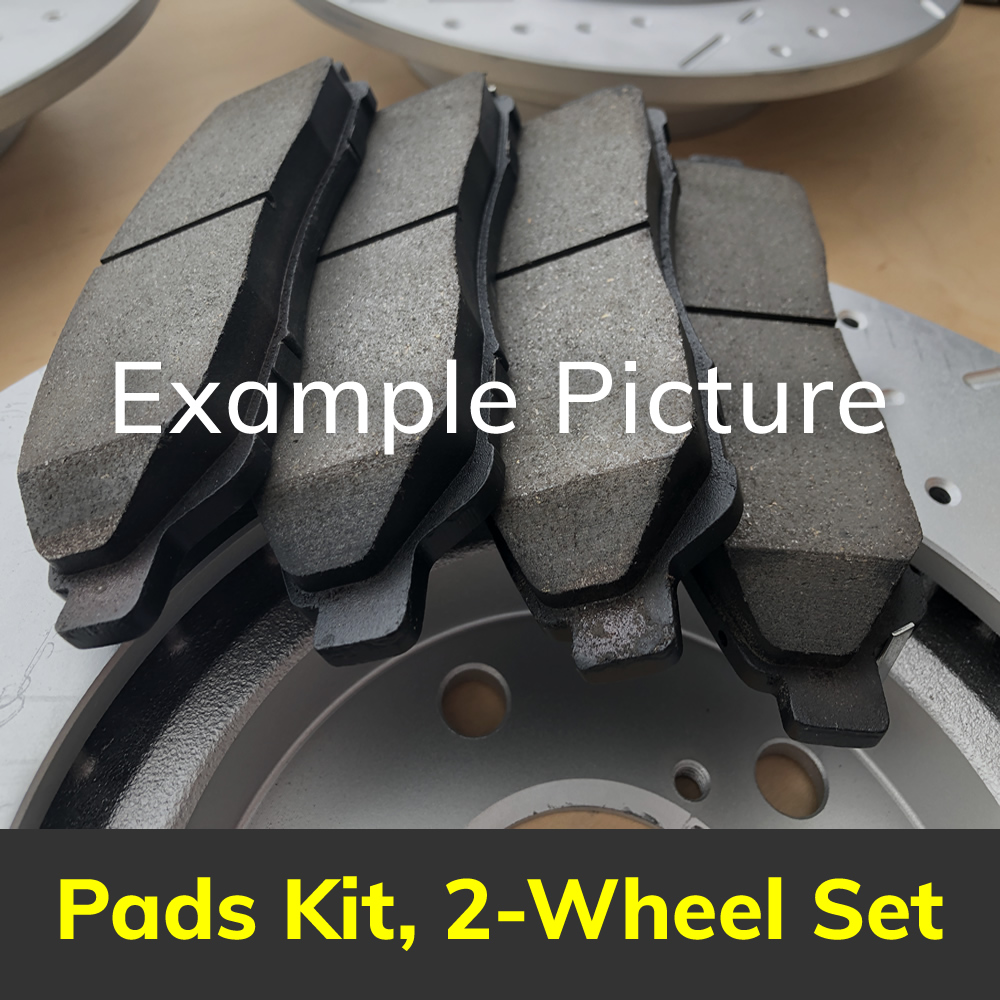
Part No: PD833C
Raybestos: 833
OE:
Raybestos: 833
OE:
$35.41 each
Per Car QTY: 1
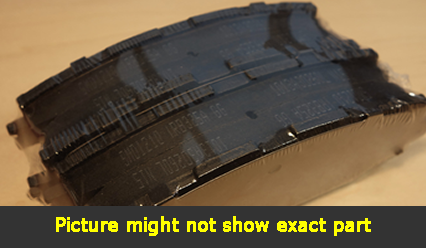
Part No: SMD833
Raybestos:
OE:
Raybestos:
OE:
$22.63 each
Per Car QTY: 1
Choosing the right brakes for your 2006 Mazda B3000 is crucial for ensuring the safety and performance of your vehicle. The brakes play a vital role in slowing down and stopping your vehicle, so it's essential to invest in high-quality brake components. Here are some important factors to consider when selecting brakes for your Mazda B3000:
1. Know your driving habits: Consider your typical driving conditions and habits. Do you primarily drive in the city or on the highway? Are you frequently hauling heavy loads or towing? Knowing your driving habits will help you determine the type of braking system that suits your needs.
2. Decide on the brake type: There are several brake types available in the market, including organic, semi-metallic, and ceramic brakes. Each has its own advantages and disadvantages, so it's important to understand these differences before making a decision.
- Organic brakes: These are made from a mix of natural fibers and rubber. They provide good stopping power at lower speeds, produce less noise, and are generally more affordable. However, they may wear down faster and generate more brake dust.
- Semi-metallic brakes: Composed of a mix of metal fibers and other materials, these brakes offer improved performance and durability compared to organic brakes. They can withstand higher temperatures and have excellent stopping power. On the downside, they tend to produce more noise and dust, and they may wear down the rotor faster.
- Ceramic brakes: Ceramic brakes consist of a blend of ceramic fibers, nonferrous materials, and copper. They offer superior performance, excellent stopping power, and long-lasting durability. They generate less noise, produce minimal dust, and are suitable for high-speed driving. However, they are generally more expensive compared to other brake types.
3. Consider your budget: Brake prices can vary significantly, depending on the type and quality. Determine your budget in advance and choose brakes that fit within it. While it's understandable to be mindful of costs, remember that investing in good quality brakes will enhance your safety and the overall performance of your Mazda B3000.
4. Research reputable brands: Look for well-known and reputable brake manufacturers in the market. Brands like Brembo, Wagner, ACDelco, EBC Brakes, and Bosch are known for producing high-quality brakes that offer reliable performance and durability. Read reviews and gather recommendations from fellow Mazda B3000 owners or professional mechanics to determine the best brands for your specific vehicle.
5. Consult with a professional: If you're unsure about which brakes to choose, seek advice from a trusted mechanic or automotive expert. They can assess your driving habits, vehicle specifications, and recommend the best braking system for your 2006 Mazda B3000.
6. Consider a full brake replacement: When replacing your brakes, it's generally recommended to replace the entire brake system, including pads, rotors, and calipers. This ensures proper compatibility and maximizes the performance and longevity of your brakes. While it may be an additional upfront cost, it will save you from potential issues and expenses down the line.
Remember, properly functioning brakes are essential for your safety and the safety of others on the road. Invest in high-quality brakes that are suited to your specific driving needs and follow a regular maintenance schedule to ensure optimal performance and longevity.
1. Know your driving habits: Consider your typical driving conditions and habits. Do you primarily drive in the city or on the highway? Are you frequently hauling heavy loads or towing? Knowing your driving habits will help you determine the type of braking system that suits your needs.
2. Decide on the brake type: There are several brake types available in the market, including organic, semi-metallic, and ceramic brakes. Each has its own advantages and disadvantages, so it's important to understand these differences before making a decision.
- Organic brakes: These are made from a mix of natural fibers and rubber. They provide good stopping power at lower speeds, produce less noise, and are generally more affordable. However, they may wear down faster and generate more brake dust.
- Semi-metallic brakes: Composed of a mix of metal fibers and other materials, these brakes offer improved performance and durability compared to organic brakes. They can withstand higher temperatures and have excellent stopping power. On the downside, they tend to produce more noise and dust, and they may wear down the rotor faster.
- Ceramic brakes: Ceramic brakes consist of a blend of ceramic fibers, nonferrous materials, and copper. They offer superior performance, excellent stopping power, and long-lasting durability. They generate less noise, produce minimal dust, and are suitable for high-speed driving. However, they are generally more expensive compared to other brake types.
3. Consider your budget: Brake prices can vary significantly, depending on the type and quality. Determine your budget in advance and choose brakes that fit within it. While it's understandable to be mindful of costs, remember that investing in good quality brakes will enhance your safety and the overall performance of your Mazda B3000.
4. Research reputable brands: Look for well-known and reputable brake manufacturers in the market. Brands like Brembo, Wagner, ACDelco, EBC Brakes, and Bosch are known for producing high-quality brakes that offer reliable performance and durability. Read reviews and gather recommendations from fellow Mazda B3000 owners or professional mechanics to determine the best brands for your specific vehicle.
5. Consult with a professional: If you're unsure about which brakes to choose, seek advice from a trusted mechanic or automotive expert. They can assess your driving habits, vehicle specifications, and recommend the best braking system for your 2006 Mazda B3000.
6. Consider a full brake replacement: When replacing your brakes, it's generally recommended to replace the entire brake system, including pads, rotors, and calipers. This ensures proper compatibility and maximizes the performance and longevity of your brakes. While it may be an additional upfront cost, it will save you from potential issues and expenses down the line.
Remember, properly functioning brakes are essential for your safety and the safety of others on the road. Invest in high-quality brakes that are suited to your specific driving needs and follow a regular maintenance schedule to ensure optimal performance and longevity.


